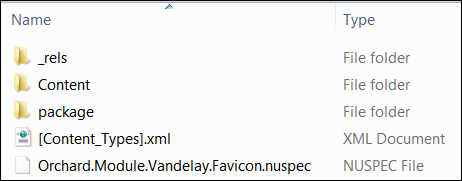The best way to learn how to extend Orchard
Posted
by Bertrand Le Roy
on ASP.net Weblogs
See other posts from ASP.net Weblogs
or by Bertrand Le Roy
Published on Wed, 23 Feb 2011 06:20:49 GMT
Indexed on
2011/02/23
7:25 UTC
Read the original article
Hit count: 316
 We do have tutorials on the Orchard site, but we can't cover all topics, and recently I've found myself more and more responding to forum questions by pointing people to an existing module that was solving a similar problem to the one the question was about.
We do have tutorials on the Orchard site, but we can't cover all topics, and recently I've found myself more and more responding to forum questions by pointing people to an existing module that was solving a similar problem to the one the question was about.
I really like this way of learning by example and from the expertise of others. This is one of the reasons why we decided that modules would by default come in source code form that we compile dynamically. it makes them easy to understand and easier to modify for your own purposes. Hackability FTW!
But how do you crack open a module and look at what's inside?
You can do it in two different ways.
First, you can just install the module from the gallery, directly from your Orchard instance's admin panel. Once you've done that, you can just look into your Modules directory under the web site. There is now a subfolder with the name of the new module that contains a csproj that you can open in Visual Studio or add to your Orchard solution.
Second, you can simply download the package (it's NuGet) and rename it to a .zip extension. NuGet being based on Zip, this will open just fine in Windows Explorer:
What you want to dig into is the Content/Modules/[NameOfTheModule] folder, which is where the actual code is.
Thanks to Jason Gaylord for the idea for this post.
© ASP.net Weblogs or respective owner